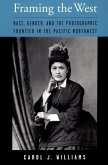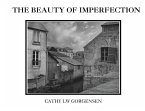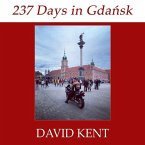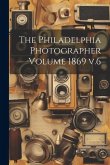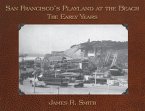Like all of America, Los Angeles first caught baseball fever in the 19th Century. The sport that writers dubbed the national pastime soon spread to every part of the Southland. Members of Riverside's Cahuilla Indian tribe played ball, Issei immigrants from Japan played besuboru, Mexican American kids played béisbol. African American players from the Negro Leagues gathered for wintertime training, while talented local ballplayers stocked the rosters of Major League teams: Fred Snodgrass, Walter Johnson, John "Chief" Meyers, Gavvy Cravath.As the game exploded in popularity, the Los Angeles Angels and the Hollywood Stars of the Pacific Coast League provided an exciting and entertaining brand of Minor League baseball. The arrival of the Dodgers from Brooklyn in 1958, a controversial decision that continues to be debated to this day, finally brought Major League Baseball to L.A. (with the Angels arriving in the American League in 1961). The Los Angeles Public Library's photo collection supplied the images for this book (and the accompanying exhibition). Many of the pictures were originally published in the Valley Times and Herald-Examiner newspapers. Others came from the groundbreaking "Shades of L.A." project. Together, they capture L.A.'s unique contribution to the national pastime: famous players and anonymous weekend warriors; changes in uniform style and ballpark architecture; and the timeless essence of a game roiled by social change. Play Ball!



